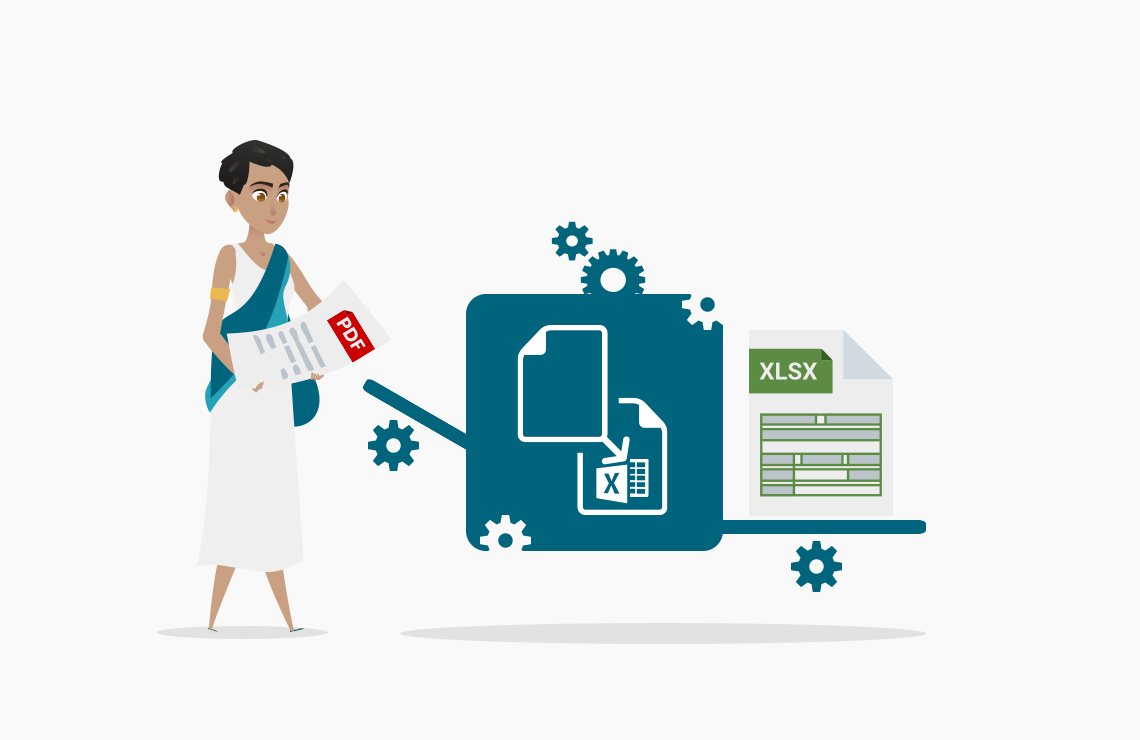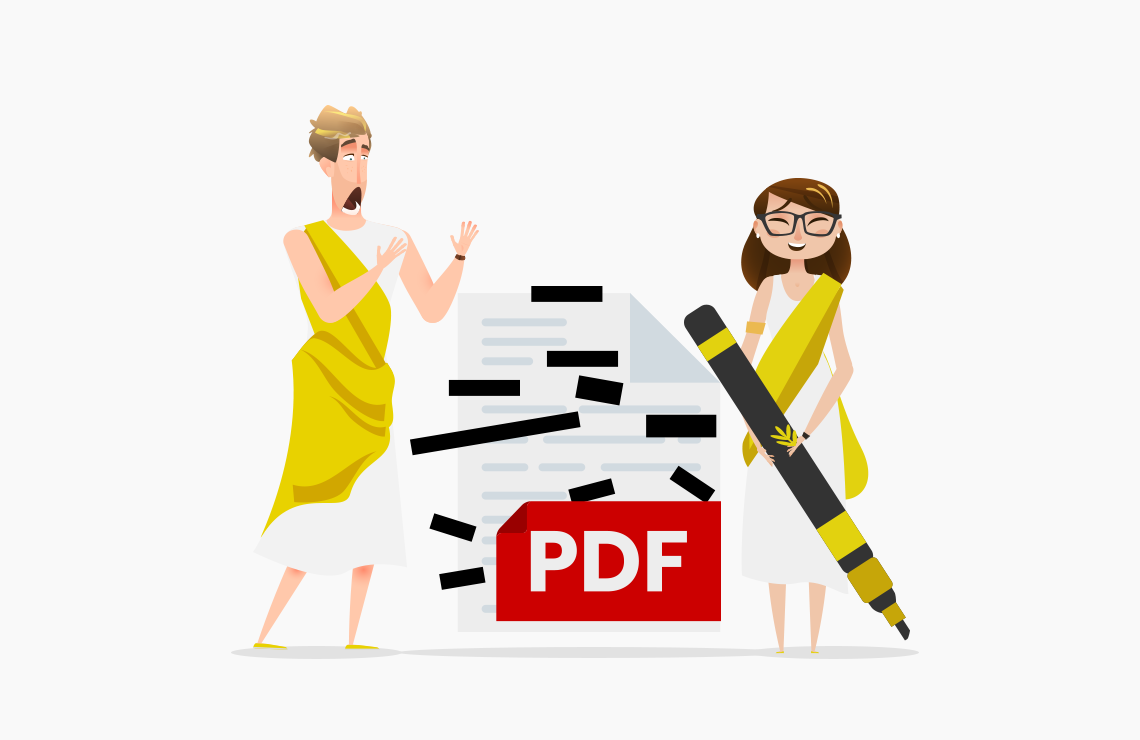Read this article in French.
We’ve recently released support for PDF/A-4 in our PDF/A conversion and PDF/A validation widgets. This article will show you why you need to use this conformance level for your archives.
Table of Contents
In our last article, we’ve seen what PDF/A is and why it is critical to safely archive electronic documents.
PDF/A has many versions and conformance levels, so why use PDF/A-4?
Before we dive into the specificities of version 4, let’s go back in time and review a bit of PDF history.
PDF versions and PDF subsets
PDF subsets as ISO standards
PDF/A is a subset of the PDF format. As the PDF format evolves, all its subsets also need to be updated.
The PDF ISO versions:
- PDF ISO 32000-1: 2008 – PDF 1.7
- PDF ISO 32000-2: 2017, updated in 2020 – PDF 2.0
The PDF subsets are, in the chronological order of their first release:
- PDF/X ISO 15930-1: 2001 – for printing
- PDF/A ISO 19005-1: 2005 – for long-term archiving
- PDF/VT ISO 16612-1: 2005 – for variable data & transactional printing
- PDF/E ISO 24517-1: 2008 – for engineering
- PDF/UA ISO 14289-1: 2012 – for accessibility
- PDF/R ISO 23504-1:2020 – for scanning
Note: many subsets were standardized before the PDF format!
The PDF versions in PDF/A
The versions of PDF/A (like for the other subsets) are based on different versions of the PDF format.
- PDF/A-1 – ISO 19005:2005 – based on PDF 1.4
- PDF/A-2 – ISO 19005:2011 – based on PDF 1.7
- PDF/A-3 – ISO 19005:2012 – based on PDF 1.7
- PDF/A-4 – ISO 19005:2020 – based on PDF 2.0
PDF/A and PDF 2.0 (ISO 32000-2:2020)
Before version 4, the latest version of PDF/A was PDF/A-3 (ISO 19005-3:2012). PDF/A-3 is based on PDF 1.7 (ISO 32000: 2008), so quite an older version of PDF.
PDF 2.0 was first released in 2017, then an update was made in 2020.
The updated version brings many new features, including support for modern and current-generation technologies while removing proprietary elements.
It’s always better to work with up-to-date specifications and technologies. For instance, PDF 2.0 includes an updated Unicode version (a lot of things happened in Unicode since the last PDF/A version in 2012!).
A great effort has been made to write the PDF 2.0 specification allowing a clearer understanding of the standard.
Check the complete list of new features and changes in PDF 2.0.
The idea behind PDF/A-4
Originally when PDF/A-4 was started, the plan was to simplify the standard. So the first thing to do was remove the conformance levels (“a” for accessible, “b” for basic, and “u” for Unicode) and leave just a single version of the standard.
In its early days, this new version was referred to as PDF/A-NEXT precisely because of the will for a new, more straightforward, archiving format.
However, this solution revealed not optimal for all cases, and for some exceptional cases, the “e” and “f” optional conformance levels were added.
PDF/A-4
The PDF/A-4 base replaces the previous b and u conformance levels.
Indeed, PDF/A-4 requires Unicode mapping for all fonts at all times.
Regarding the accessible features brought by conformance level a, the PDF/UA standard (ISO 14289-1:2014, with the ISO 14289-2 coming soon), dedicated explicitly to accessible PDF, is taking over PDF/A.
PDF/A-4f
The conformance level f allows embedding files in any other format.
PDF/A-4e
PDF/A-4e is intended for engineering documents and acts as a successor to the PDF/E-1 standard (the PDF standard for engineering). PDF/A-4e supports Rich Media and 3D Annotations as well as embedded files.
Does PDF/A-4 replaces the previous versions?
One of the greatest benefits of PDF is backward compatibility which ensures that you can open and read any version of PDF at any time.
This means that once a new version is released, the previous ones are not made obsolete. In other words, if your documents are already saved as, let’s say, PDF/A-1b, or PDF/A-3a, you don’t need to re-save your old archives as PDF/A-4.
But saving your most recent files as PDF/A-4 will allow you to use the many features provided by modern documents.
Try it!
Convert your document to PDF/A
Validate your PDF/A document
If you’re using PDF/A-4 conversion and validation at work, check our enterprise solutions for various environments:
- GdPicture.NET Document Imaging SDK (desktop components)
- DocuVieware HTML5 Viewer and Document Management Kit (Web components)
- PassportPDF Rest APIs
Now that you know everything about PDF/A-4, it is time to use it!
Let us know how it’s going,
Cheers!
Elodie



